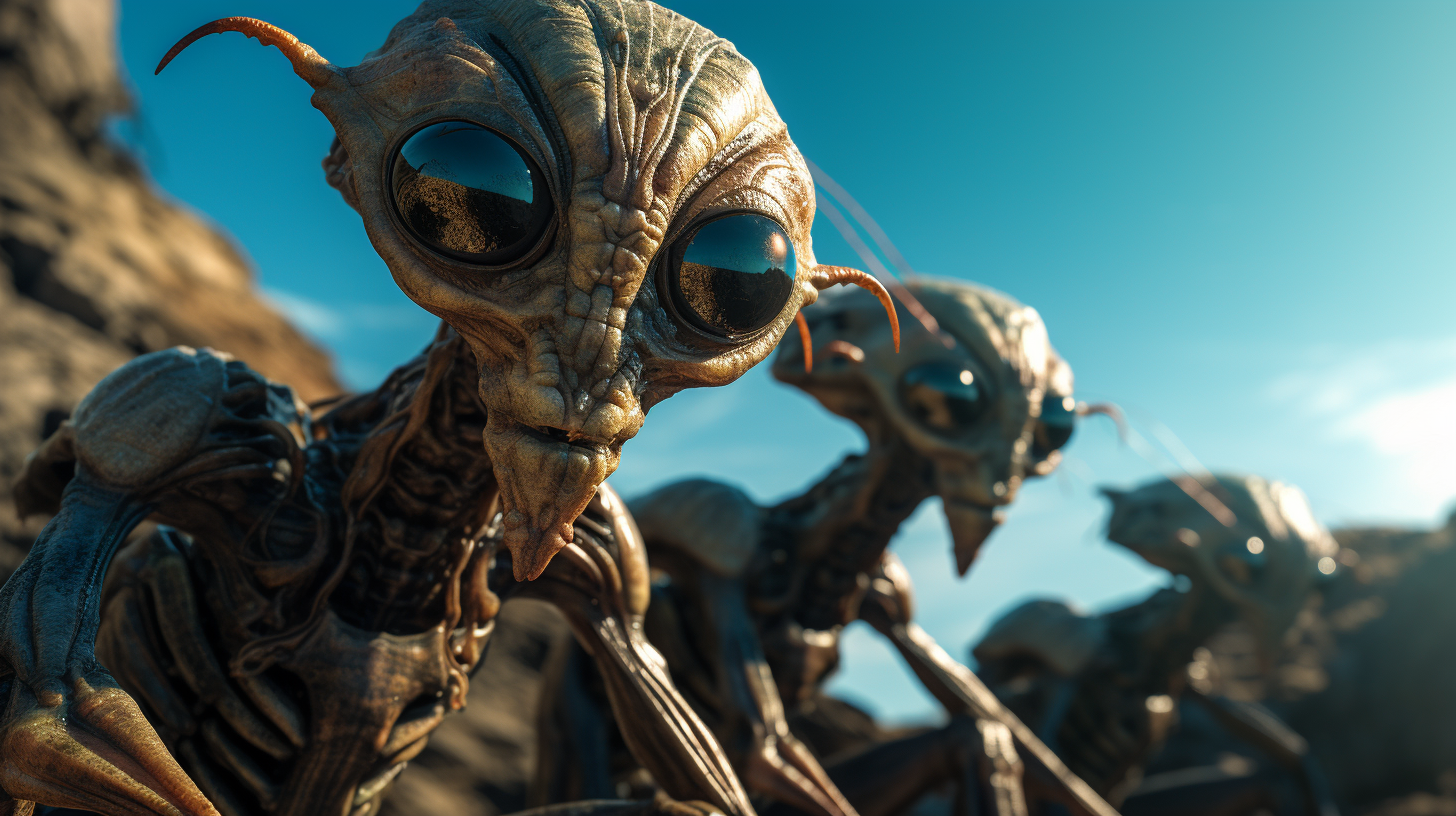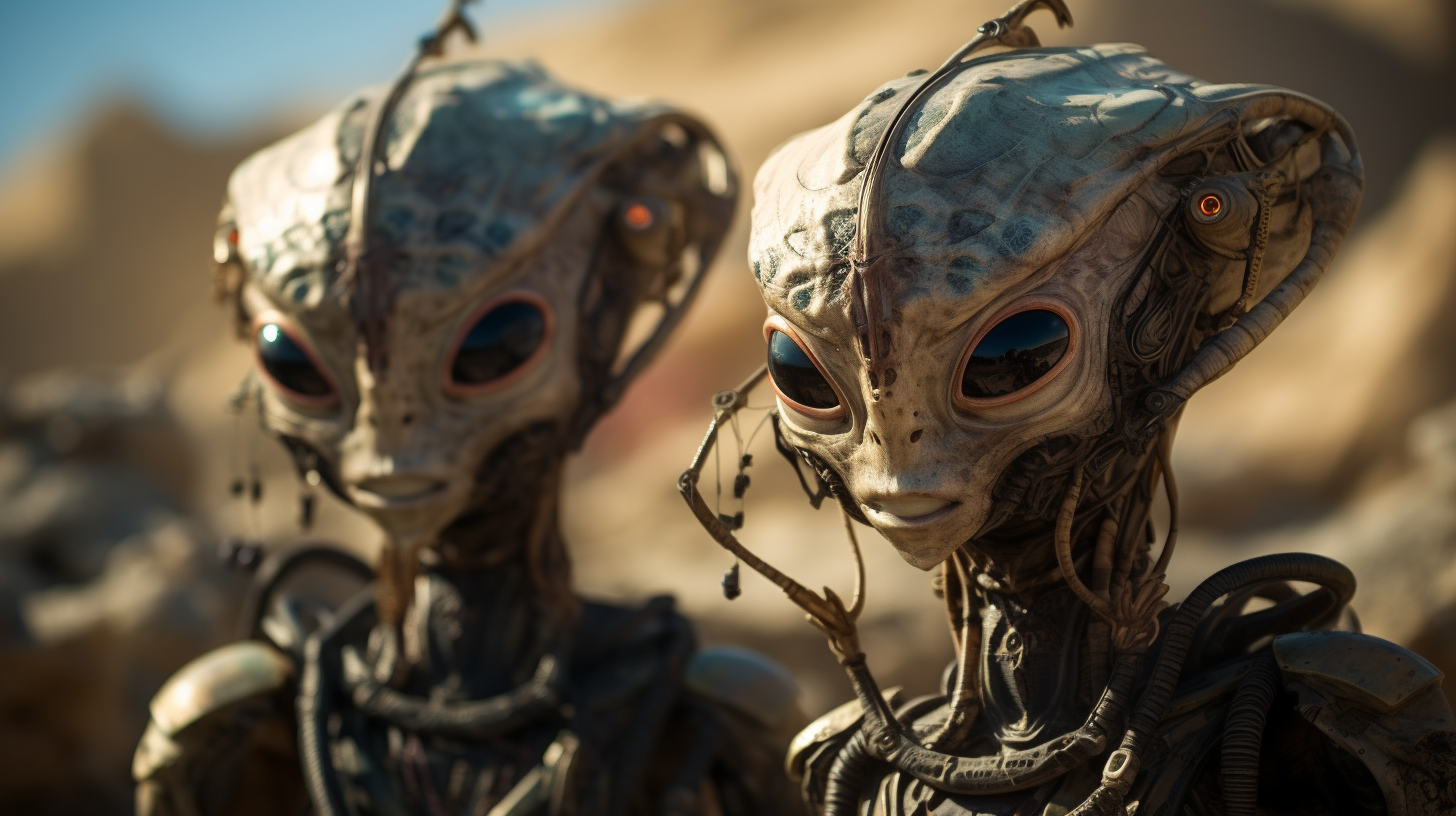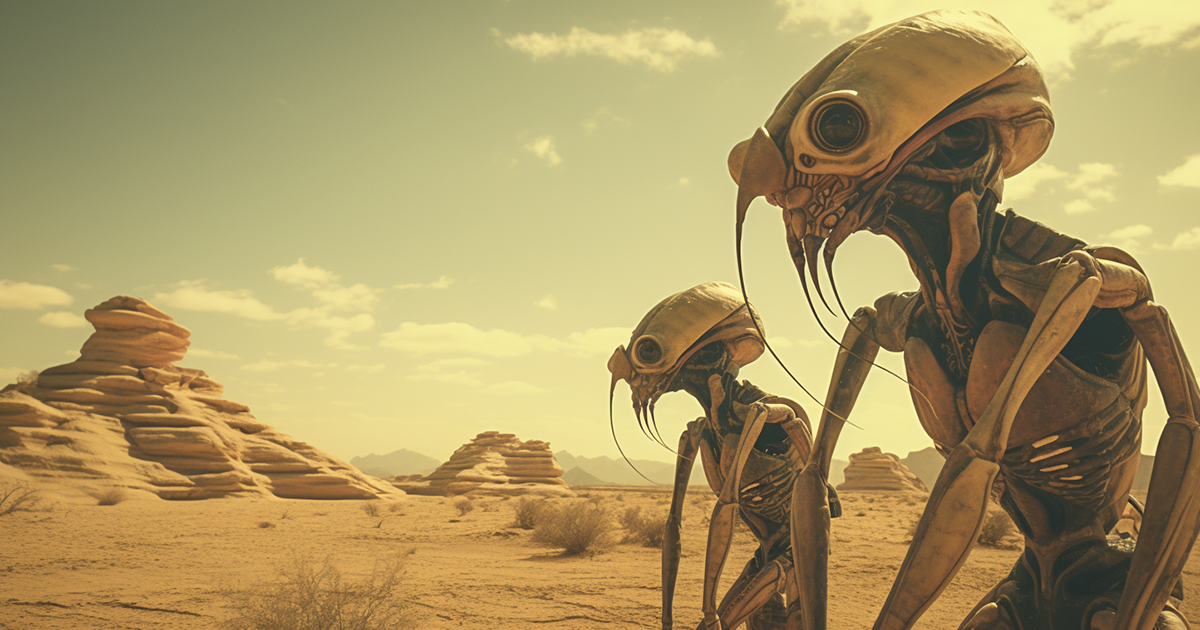It was in February 2013 when a groundbreaking revelation resonated throughout the realm of astronomy. Renowned researchers stationed at the Harvard-Smithsonian Center for Astrophysics in the bustling city of Cambridge, Massachusetts, disclosed a momentous discovery subsequent to an in-depth analysis of data amassed by NASA’s Kepler space telescope.
The findings unveiled a remarkable truth – a staggering 6% of red dwarf stars were found to host planets with conditions closely resembling our cherished Earth.
This significant disclosure triggered intense dialogues and debates among the scientific community and space aficionados, reigniting age-old inquiries about the existence of life beyond our solar system. The mere possibility of life flourishing on planets orbiting these enduring red dwarf stars ignited a spark of curiosity within our collective consciousness.
One particularly captivating facet of this finding is the notion that life on these distant exoplanets could exhibit a strikingly diverse array of forms compared to the life forms familiar to us on Earth. The process of evolution, which propels the multitude of life on our planet, might have unfolded in entirely distinct manners under alternative cosmic circumstances.

Dr. Peter Ward shared discerning insights, stating, “The environment plays a pivotal role in shaping the evolutionary trajectory of organisms. Consequently, it is plausible that evolution on disparate planets could adhere to analogous principles but result in vastly different outcomes.”
This concept unravels a mesmerizing tapestry of possibilities. Intelligence, a trait honed by the imperative to survive, may have arisen in a myriad of beings ranging from reptiles to quadrupeds, or possibly entities reminiscent of mollusks.
While the impetus behind this evolution remains consistent, the resulting anatomical configurations could be radically divergent.
Pondering the idea of intelligent entities manifesting in varied forms evokes ancient narratives of encounters with extraterrestrial visitors. Exploring historical anecdotes of interactions with beings from beyond, we encounter entities sporting features resembling birds, canines, and even reptiles.
Is it conceivable that these diverse forms are adaptations of sentient beings to the unique conditions of their homeworlds? The possibilities seem boundless.

The realm of Ufology, dedicated to exploring unidentified flying objects and extraterrestrial life, acquaints us with a myriad of alien varieties chronicled by witnesses. From winged humanoids reminiscent of Mothman or the Houston Batman, to insectoid beings resembling colossal insects, and even bipedal reptilian creatures, the diversity in descriptions is truly captivating.
The tantalizing notion that the universe might be teeming with intelligent life forms, each uniquely adapted to their native habitats, is enthralling.
Dr. David Wilcock draws attention to the remarkable similarities between ancient depictions of avian-human hybrids in Sumerian art and elongated-skulled figures in Egyptian paintings, and contemporary testimonies of encounters with extraterrestrial entities. These parallels hint at the enduring presence of these enigmatic beings throughout history.
Video:
As we gaze into the vast cosmic expanse, a profound realization dawns upon us. The universe, adorned with myriad red dwarf stars and potentially habitable planets, serves as a canvas where the tapestry of life unfolds in diverse and awe-inspiring ways.
The notion of intelligent beings, each molded by the unique circumstances of their respective worlds, coexisting within this cosmic tapestry is truly a marvel. Embracing this concept, we remain ever inquisitive, standing on the threshold of discovery, prepared to delve into the astonishing breadth of life beyond our solar system.
